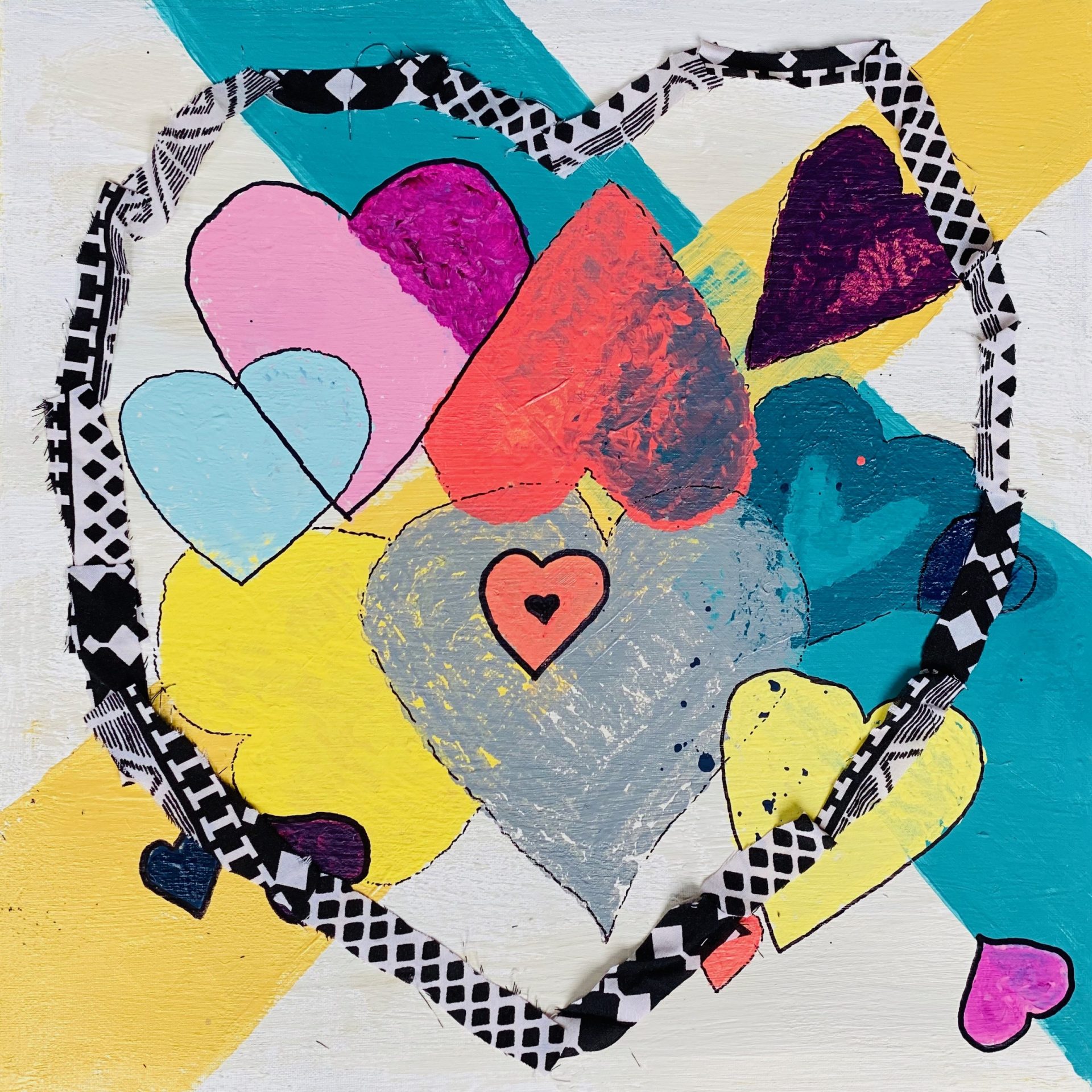What is revolution? Revolution can be many things, and can come in many forms.To sum it up, revolution is complicated and there isn’t just one correct way to define what revolution truly is. To me, revolution is a paradigm shift, a change from one conceptual scheme and an implementation of a new conceptual scheme. Revolutions can be violent, as seen in the case of Robert Williams, or they can be conducted nonviolently, seen through the acts of men like Martin Luther King and Mahatma Gandhi. Revolution can be a change in conceptual scheme pertaining to who is included in the human family, as pioneers like Olympes De Gouges and Toni Morrison advocated for.
Revolutions can come in different magnitudes and take different amounts of time. Some revolutions can be fast uprisings where a government is overthrown and a one is quickly put into place. Others are slow, progressive changes that take an immense amount of fighting and advocating for a change in ideas.
The breadth of revolutions can be accurately summed up by the section of Lapham’s Quarterly: Dressing The Part. In Professor Tamura’s unit we discussed frequently the role of the body and its impact on revolution. Dressing the Part relates to this as it shows the different “revolutionary” outfits that have existed. What struck me with this picture was the wide variety of appearances that revolutionaries took. All the revolutionary looks were different and each held value in their respective revolutions. This is a good symbol for what a revolution is. A revolution is not just the standard though of overthrowing of a government, but it is a change in thought, a switch in paradigm to new ideas distinctly different from the previous conceptual schemes held.
